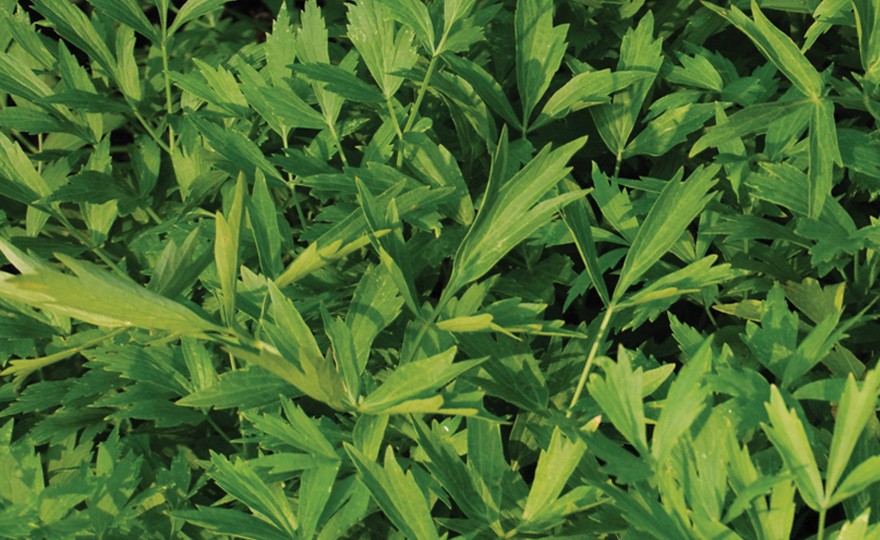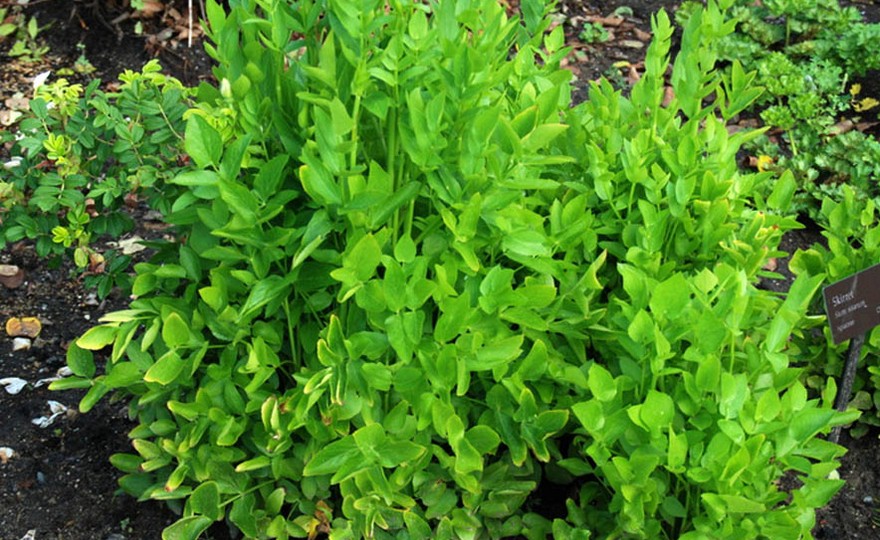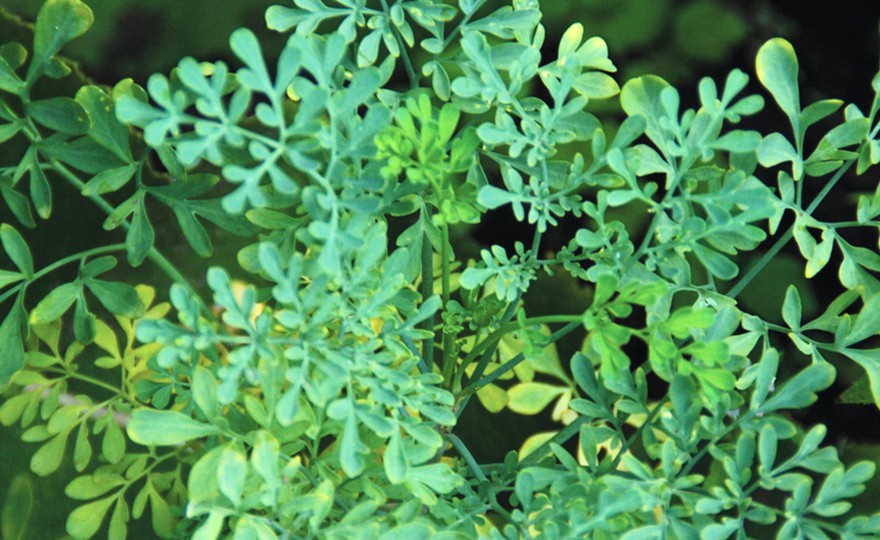
Herb, Fennel Florence
-
- **SOLD OUT** HOLIDAY GIFTS **SOLD OUT**
- **SOLD OUT** Holiday Books **SOLD OUT**
- **SOLD OUT** Holiday Citrus **SOLD OUT**
- **SOLD OUT** Holiday Gift Certificates **SOLD OUT**
- **SOLD OUT** Holiday Paperwhites **SOLD OUT**
- **SOLD OUT** Holiday Praying Mantis Kits **SOLD OUT**
- **SOLD OUT** Holiday Tools **SOLD OUT**
- **SOLD OUT** Holiday Wildflower Mixtures **SOLD OUT**
- Citrus Trees
- **SOLD OUT** - Vegetable and Herb Plants - Mix & Match any 6 Plants for $50 - Only Shipped in Quantities of 6
- Elephant Ear Plants & Roots
- **SOLD OUT** 4-Inch Pot Herb Plants **SOLD OUT**
- Rare Plants
- **SOLD OUT** Vining Plants **SOLD OUT**
- Asian Seeds
- Beneficial Bugs
- Books
- Citrus Fertilizers
- Cold-Treated Bulbs - SEE BULBS FOR FALL PLANTING TO ORDER
- Cold-Treated Allium
- Cold-Treated Chionodoxa
- Cold-Treated Crocus
- Cold-Treated Hyacinthoides
- Cold-Treated Hyacinthus Orientalis
- Cold-Treated Narcissus
- Cold-Treated Cyclamineus Narcissus
- Cold-Treated Double Heirloom Narcissus
- Cold-Treated Jonquilla Narcissus
- Cold-Treated Large Cupped Narcissus
- Cold-Treated Poeticus Narcissus
- Cold-Treated Small Cupped Narcissus
- Cold-Treated Species Miniature Narcissus
- Cold-Treated Split Cupped Narcissus
- Cold-Treated Tazetta Narcissus
- Cold-Treated Triandus Narcissus
- Cold-Treated Trumpet Daffodils
- Cold-Treated Ornithogalum
- Cold-Treated Rock Garden Iris
- Cold-Treated Scilla
- Cold-Treated Tulips
- Cold-Treated Emperor Tulips
- Cold-Treated Fringed Tulips
- Cold-Treated Green or Viridiflora Tulips
- Cold-Treated Lily Flowering Tulips
- Cold-Treated Parrot Tulips
- Cold-Treated Peony Flowering Tulips
- Cold-Treated Single Early Tulips
- Cold-Treated Single Late Tulips
- Cold-Treated Species Tulips
- Cold-Treated Triumph Tulips
- Flower Bulbs, Corms and Tubers
- Bulbs for Spring Planting
- Bulbs for Fall Planting - ALL BULBS AVAILABLE ARE COLD TREATED FOR PLANTING AS SOON AS SOIL CAN BE WORKED
- Fall Blooming Bulbs
- Garden Tools & Equipment
- Gift Certificates
- HHH Exclusive Wildflower Mixtures
- Wildflower Mixtures
- Heirloom Garlic
- Potatoes
- Roots & Sets
- Seeds
- Flowers
- Herbs
- Vegetables
- **SOLD OUT** HOLIDAY GIFTS **SOLD OUT**
-
- No products to compare
-
75 in stock
Quick Overview
HERB, Fennel Florence –
Foeniculum vulgare dulce
FULL SUN Native to the Mediterranean and Western Asia, Fennel has been cultivated for centuries. The seeds are an effective appetite suppressant. The strong anise flavor of the stems, leaves, flowers and seeds makes Fennel a popular food flavoring agent. Fennel Florence, a 2-3 ft. plant, is a bulbing annual much sweeter than the non-bulbing varieties and prized for its bulb and stems which can be used like celery or prepared in casseroles.
Plant as soon as the ground can be worked in the spring and the danger of frost has passed. Make sure the ground is consistently moist until germination occurs. Rows should be 12 in. apart.
When seedlings are 2 in. high, thin, leaving 12 in. between plants. Leaves can be gathered throughout the season and eaten fresh. Stems take about 80 days to mature and are usually eaten fresh because cooking destroys the flavor. Seeds should be harvested by cutting the seedhead and storing in a paper bag in a warm, dry place. Once the seeds have dropped from the seedhead, they can be stored in a glass jar.
| Type | Spacing | Planting Depth | Days to Germination | Maturity |
| Annual | 12 in. | 1/2 in. | 14-21 | 80 |

Herb Fennel Florence
There are at least two types of fennel – the non-bulbing perennial, ‘wild fennel’, and the bulbing annual, ‘sweet fennel’ also known as Fennel Florence. In ancient times, fennel was prized as an appetite suppressant. The name, fennel, comes from the Greek meaning “to grow thin”. There is frequent mention in the recipes of the Romans and the Anglo-Saxons of fennel.
The oil of the fennel plant contains 50-60% anethol which is the chief chemical in the oil of the anise plant and explains why the fragrance and flavor of the plant is so much like anise.
Fennel Florence is a shorter version of its wild cousin and produces a large white bulb with plant stems the shape and texture of celery. This fennel has a milder, sweeter anise flavor. The bulbs and stems can be eaten fresh in salads and soups or cooked in a casserole – au gratin style. Fennel Florence enhances the flavor of fish, sausages, duck, barley, rice, sauerkraut, pickles, lentils and cheese.
Fennel is not a good companion for some plants in the vegetable garden. Bush beans, tomatoes, caraway and kohlrabi do not flourish when planted near fennel.







